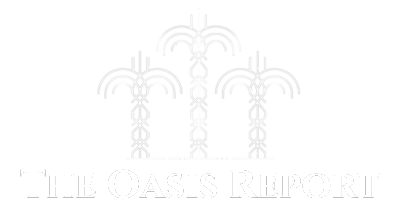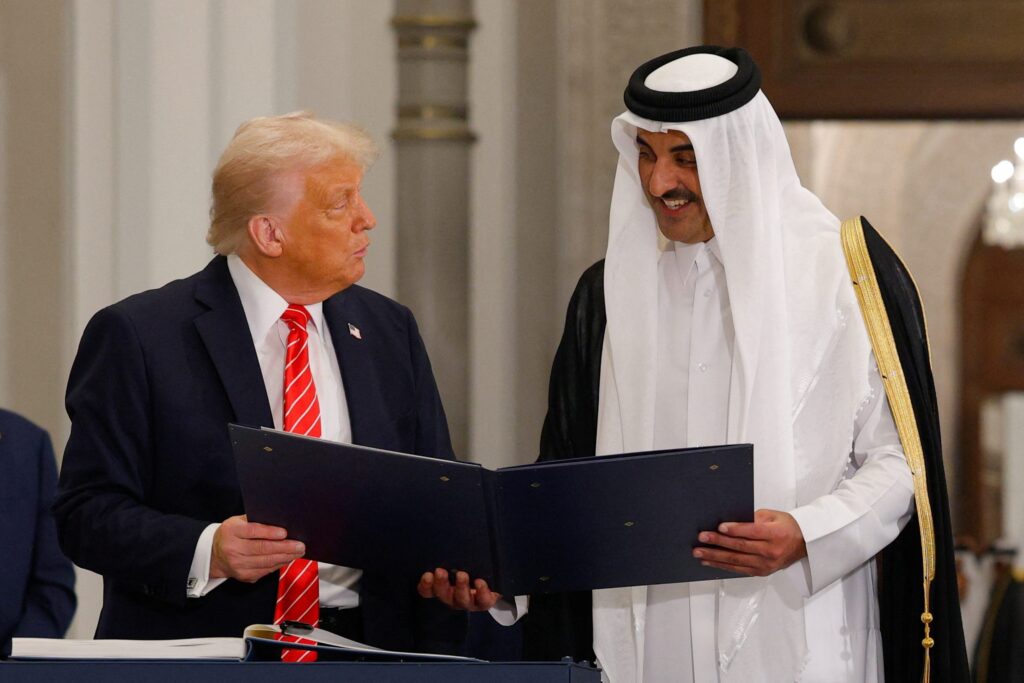The past few days have marked a new turning point in regional geopolitics after the US entered the Iran-Israel conflict over the weekend while markets were closed by targeting three Iranian nuclear sites. US officials have claimed the strikes have set back Tehran’s ability to develop a nuclear weapon.
Despite earlier Iranian warnings of harsh retaliation should the US become involved, oil markets responded with relative calm when they reopened on Monday. Prices rose by a modest 2 percent to around $78 per barrel.
However a sharp selloff soon followed, intensified by remarks from US President Trump urging Americans to “bring oil prices down”, framing such a mindset almost as a patriotic duty: “Do not fall into the enemy’s hands.”
Speculation mounted across social media that the next 24 hours would be critical, with reports suggesting that Iran was preparing to strike the US military base in Qatar – the largest in the region.
Yet prices did not spike. Following what turned out to be a tightly choreographed, limited, and well-communicated response from Iran, oil prices fell by roughly 7 percent, closing at around $71 a barrel.
The reality is that the conflict has not disrupted oil supplies. In fact, Iran has managed to boost its oil exports over the past week to around 2 million barrels per day (bpd), up from the recent average of 1.7 million bpd.
Even with threats to shut the vital Strait of Hormuz, which handles about 20 percent of global oil shipments, markets quickly assessed that such a move was unlikely. Blocking the Strait would primarily hurt one of Iran’s main allies: China.
Wary of further regional escalation, Gulf leaders have pushed for a return to diplomacy. In a notable move to help de-escalate tensions, Qatar played a central role, essentially “taking one for the team”.
With US coordination, Doha signalled a willingness to allow Iran to target an emptied Al-Udeid base. All incoming missiles were intercepted, and no casualties occurred.
Trump publicly thanked Iran for the advance notice and credited the Emir of Qatar for facilitating a ceasefire.
On Tuesday oil traded slightly higher, reaching $69 per barrel, as missile exchanges between Israel and Iran continued – each side seemingly seeking the last word.
Still, markets view the ceasefire as a genuine signal of de-escalation. On Wall Street, traders are now preparing for a “lower for longer” oil price environment, potentially settling in the $60s.
Latest headlines from the Middle East conflict
For more news and analysis, go to our Iran-Israel page
For now, there are no indications that Washington is prepared to lift sanctions on Iran, even though the perceived nuclear threat has been “neutralised”.
This combination of lower oil prices, ongoing sanctions and Tehran’s need to recover from the conflict could increase internal pressure on the regime.
Some US policymakers hope that this will catalyse domestic unrest and pave the way for internal change, aligning with Trump’s broader narrative of “Making Iran Great Again”.
However, Gulf states remain cautious.
They are concerned about a potential power vacuum should Iran’s regime be toppled by external forces. No one in the region wants a repeat of Iraq or Afghanistan.
Any meaningful change in Iran, they believe, must be driven internally, not imposed from outside.
What comes next is uncertain. But for now it appears that Trump will continue to push for lower oil prices, a strategy that helps tame inflation and bolster support from his MAGA base, especially after several weeks of calculated geopolitical turbulence.
Amena Bakr is head of Middle East energy & Opec+ Insights at Kpler



